Iconic — adj. \ī-ˈkä-nik\ — widely recognized and
well-established; acknowledged for distinctive excellence
What are the most iconic brands in the automotive performance aftermarket?
We thought about that for a while and collected votes from thousands of hot rodders and performance enthusiasts on Summit Racing’s Facebook and Instagram in search of the answers.
The word “iconic” may mean different things to different people, but we chose to roll with the dictionary-based definition of the word.
Continuing the countdown to #1 is the brand you voted to the #2 spot on the list.
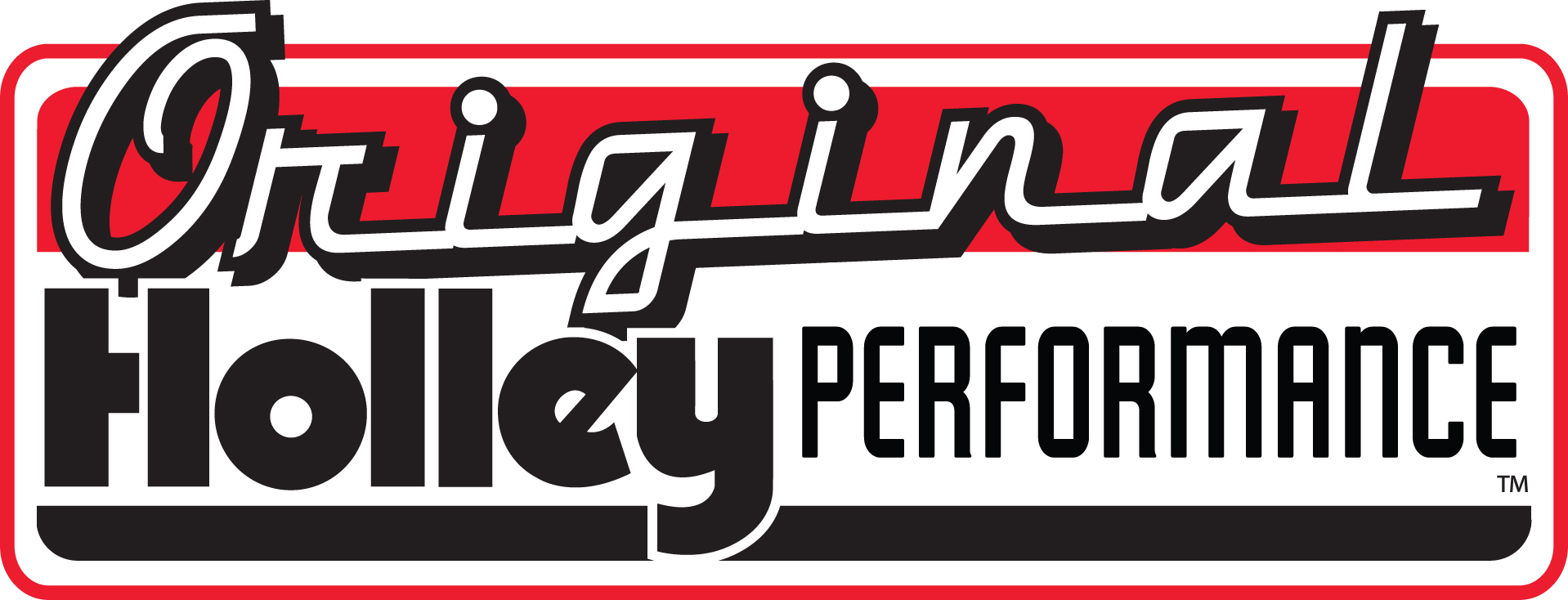
The Holley story begins in 1896 in Bradford, PA—a little town in the northern part of the state near the Pennsylvania-New York state border that was a booming oil town at the end of the 19th century.
It was there that brothers George and Earl Holley started a company that produced small, one-cylinder, three-wheeled vehicles the called the Runabout. It had a top speed of 30 miles-per-hour.
The Holley Motor Company produced a four-wheeled vehicle in 1902 called the Holley Motorette.
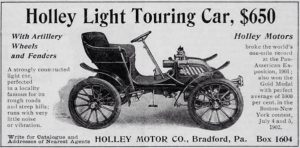
(Image/Model T Ford Club of America)
As you probably know already, it was the Holley brothers development of air and fuel systems that changed the automotive world.
Holley’s first carburetor appeared on an Oldsmobile in 1904, and by 1905, the newly formed Holley Brothers Company was manufacturing carburetors and ignition systems in Detroit, MI at the center of the automotive universe.
Henry Ford hired the Holleys to build a carburetor for his upcoming Model T, which launched in 1908.
By 1913, Holley carburetors were under the hoods of more than half of all cars produced in U.S. factories.
Holley Produced the Ultimate Game-Changer: The Holley 3310 Carburetor
“Hot rodding would be very different without the Holley carburetor,” said veteran automotive journalist Jeff Smith in an interview when we ranked the top 20 aftermarket parts of all time.
Although the 3310 carburetor wasn’t the first Holley carb, the 3310 was a game changer in every sense of the word. Quite simply, the modular, four-barrel design of the Holley 3310 carburetor simplified the way we tune carbs forever.
Once described as the small block Chevy of fuel delivery, the Holley 3310 carburetor (4150 and 4160 models) is still the go-to carburetor for anyone building a performance engine. Holley conservatively estimates that more than 2.5 million 3310 carburetors have been sold since its introduction in 1965.
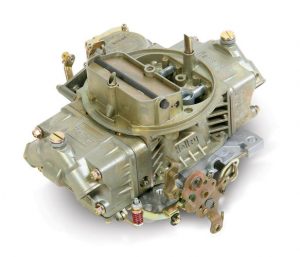 Although the Holley 3310 carburetor debuted on the legendary, big block-powered Z16 Chevelle in 1965, its roots can be traced back to the 1950s. That’s when Holley developed a new carburetor, the 4150 carburetor, for the Y-block engines of the 1957-’58 Ford Thunderbirds. Labeled by Holley as its first true performance carburetor, this original 4150 carburetor introduced the famous Holley modular four-barrel design we know today. Originally rated at 400 cfm, this carburetor was updated to flow 780 cfm and reissued as original equipment for the 425-horsepower Z16 Chevelle.
Although the Holley 3310 carburetor debuted on the legendary, big block-powered Z16 Chevelle in 1965, its roots can be traced back to the 1950s. That’s when Holley developed a new carburetor, the 4150 carburetor, for the Y-block engines of the 1957-’58 Ford Thunderbirds. Labeled by Holley as its first true performance carburetor, this original 4150 carburetor introduced the famous Holley modular four-barrel design we know today. Originally rated at 400 cfm, this carburetor was updated to flow 780 cfm and reissued as original equipment for the 425-horsepower Z16 Chevelle.
The legendary Holley 3310 was born.
The 4160 version of the 3310 helped make the 3310 a universal-fit carburetor for all makes of street engines. “Not only can you get (the 3310) in dozens of different cfm configurations but also in vacuum or mechanical secondaries,” Smith said. “It is the universal four-barrel hot rod carburetor.”
The Holley name is synonymous with carburetors, and the 3310 is what really put the company on the hot-rodding map. Holley 94s were powering race cars before, and the double pumper and Dominator would later make their marks, but the introduction of the 3310 made the biggest impact of all.
According to Holley, more than 250 million carburetors have been produced over the years.

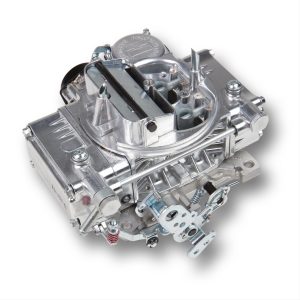
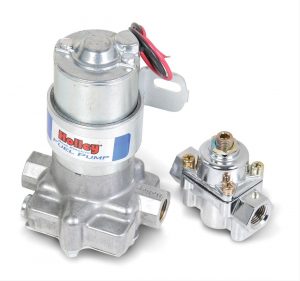
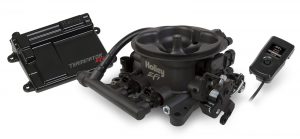
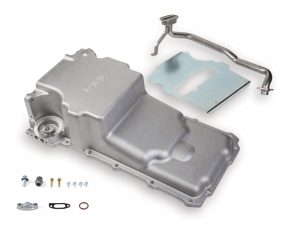
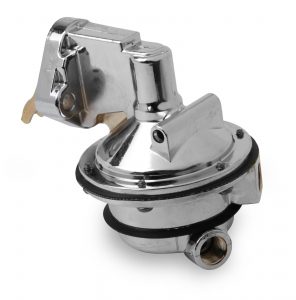
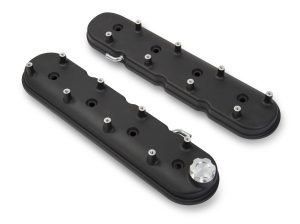
The 3310 has ALWAYS had vacuum secondaries; never did it have mechanical secondaries. And it’s always been rated at 750 cfm for flow, although a few variations were rated at 780 cfm, likely due to slight variations in the venturi’s design. It has also always had a mechanical choke. The initial release of the 3310 was a 4150 design with a secondary metering block. With the 3310-1 release, it was switched to a secondary metering plate, which made it a 4160 design. All subsequent releases (-2, -3, -4…) have kept the metering plate and the 4160 designation. Holley has always inventoried a conversion kit to switch the 4160 design back to a 4150, which is just basically the proper secondary metering block. The 4150/4160 throttle body has been available in dizzying variations with metering blocks/plates, vacuum/mechanical secondaries, manual/electric chokes, etc, but each variation has it’s own model number; they aren’t all “3310s”.